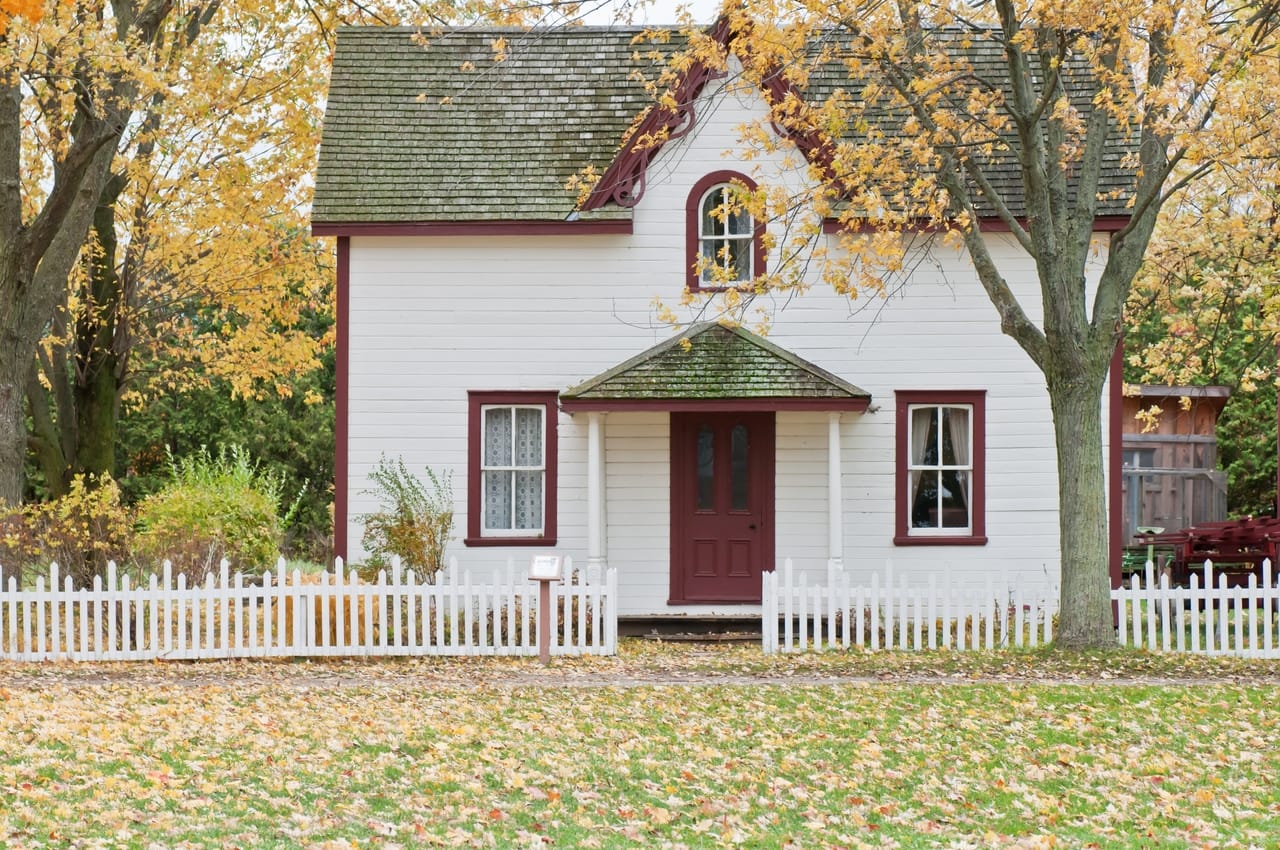wiring installed before 1960 lasts about 70 years
 Old homes come with a lot of charm, but they can also come with many problems and needed repairs. To ensure you’re getting the most out of your money and protecting your family’s safety, watch out for these eight things:
Old homes come with a lot of charm, but they can also come with many problems and needed repairs. To ensure you’re getting the most out of your money and protecting your family’s safety, watch out for these eight things:
Hazardous Materials
Asbestos and lead are very common in older homes and pose serious health risks. A home inspection professional can usually determine whether the home is safe in its current state. If you suspect your home could have lead-based paint, you can easily purchase a testing kit at most home improvement stores. If you see asbestos in your home, avoid disturbing it and call a professional as soon as possible, as it is known to cause lung cancer.
Mold Damage
Make sure that walls, flooring, and ceiling are thoroughly inspected for signs of mold. If you can see any water spots in the home, a mold problem may be lurking. If the house smells like mildew and you cannot identify the source, call a professional to do a thorough inspection, especially if there is carpeting.
Old or Damaged Plumbing
A plumbing issue can result in substantial repair expenses. If you’re considering purchasing an older home, ask the seller how old the plumbing system is and what material is used in supply and drain pipes. The lifespan of a pipe can be anywhere from 20 to 70+ years, depending on the material.
Inefficient Heating and Cooling
Due to structural differences from modern homes, older homes are often difficult to heat and cool. Inefficient windows can be a large contributor. Often, an older home’s original windows are single pane and very inefficient when it comes to regulating temperature. If a home has an outdated HVAC system (such as in-wall AC units), it will likely save money in the long run to update the system.
Contaminated Air Ducts
If the home has a central HVAC system, you may want to consider air duct cleaning. An older home has been collecting dust and contaminants for a long period of time. If the ducts show evidence of vermin infestation, mold, or excessive amounts of dust, the EPA recommends considering having the air ducts cleaned.
Outdated Electrical
As with the plumbing and HVAC system, an older home’s electrical wiring could be out of date and unsafe. According to Money Crashers, wiring installed before 1960 lasts about 70 years, while newer wiring is expected to last 100 years or more. Once you find out how old the electric wiring is, the safest option is to hire an electrician if updates are needed.
Flooring
An old home’s flooring can be a big factor in your purchase decision. It can be the most beautiful part of a home, but it may need some restoration to look as beautiful as it once did. Calling a professional to inspect or clean will help to protect your investment. After years of use, a home’s flooring may need careful attention, and a professional will be able to pinpoint areas that need it.
Outdated Appearance
If you’re looking at an older home, previous owners may have left unfinished paint jobs, outdated “improvements,” or parts of the home that have been neglected. Be sure to consider things that you might want to improve and include these costs in your budget. If parts of the home are in poor condition, it may not be safe to move into the home immediately, especially if you have children or pets.
Get Expert Advice
No matter what type of home you’re looking at, you want to have all the information you need to make the best possible choice. With an older home, it’s important that you consult professionals who are familiar with older homes, their problems, and cost-effective solutions. An experienced realtor should be a top priority not only to help you understand your home but also to refer you to the other professionals you need. To learn more about what to look for in your next home, subscribe to our blog.
